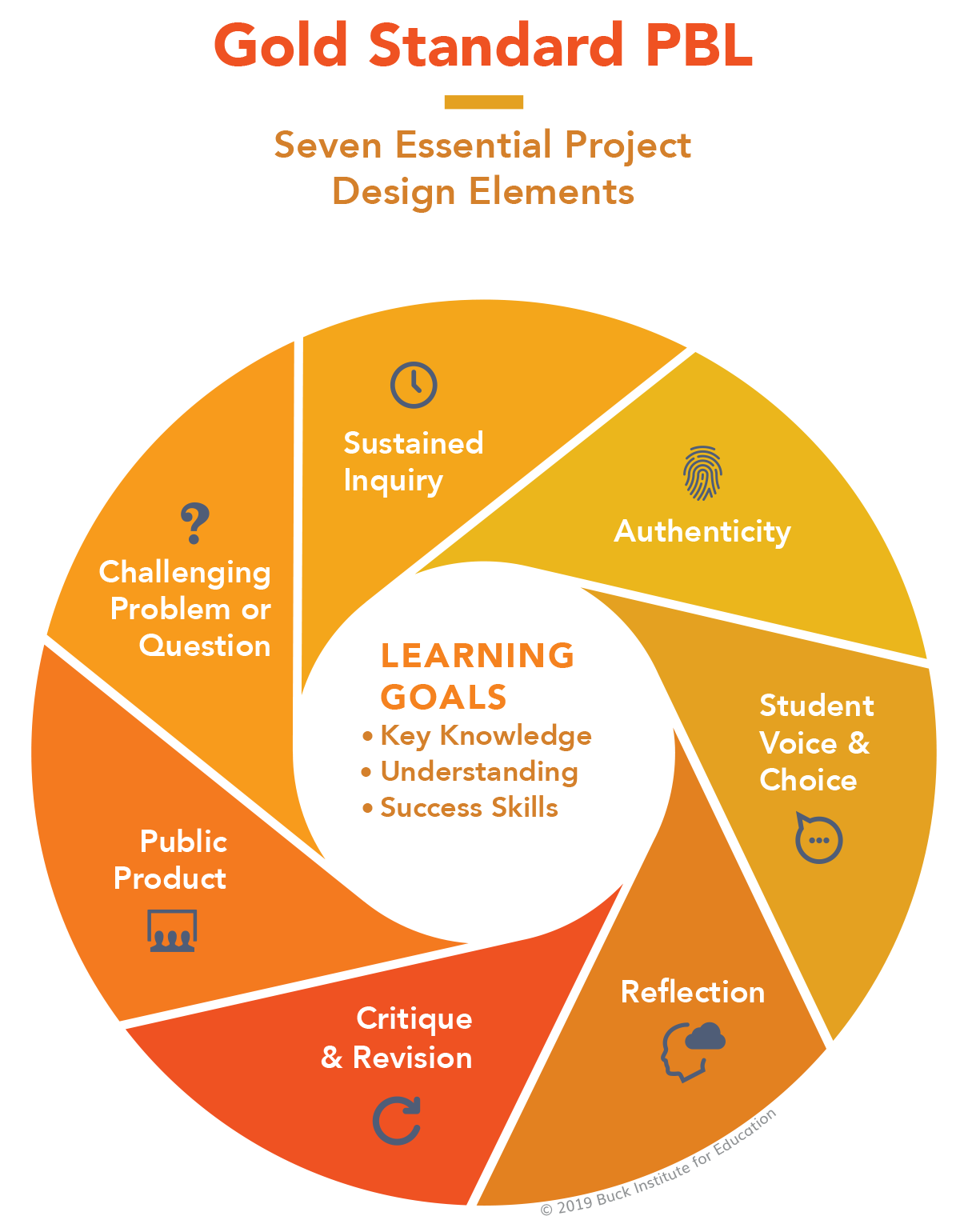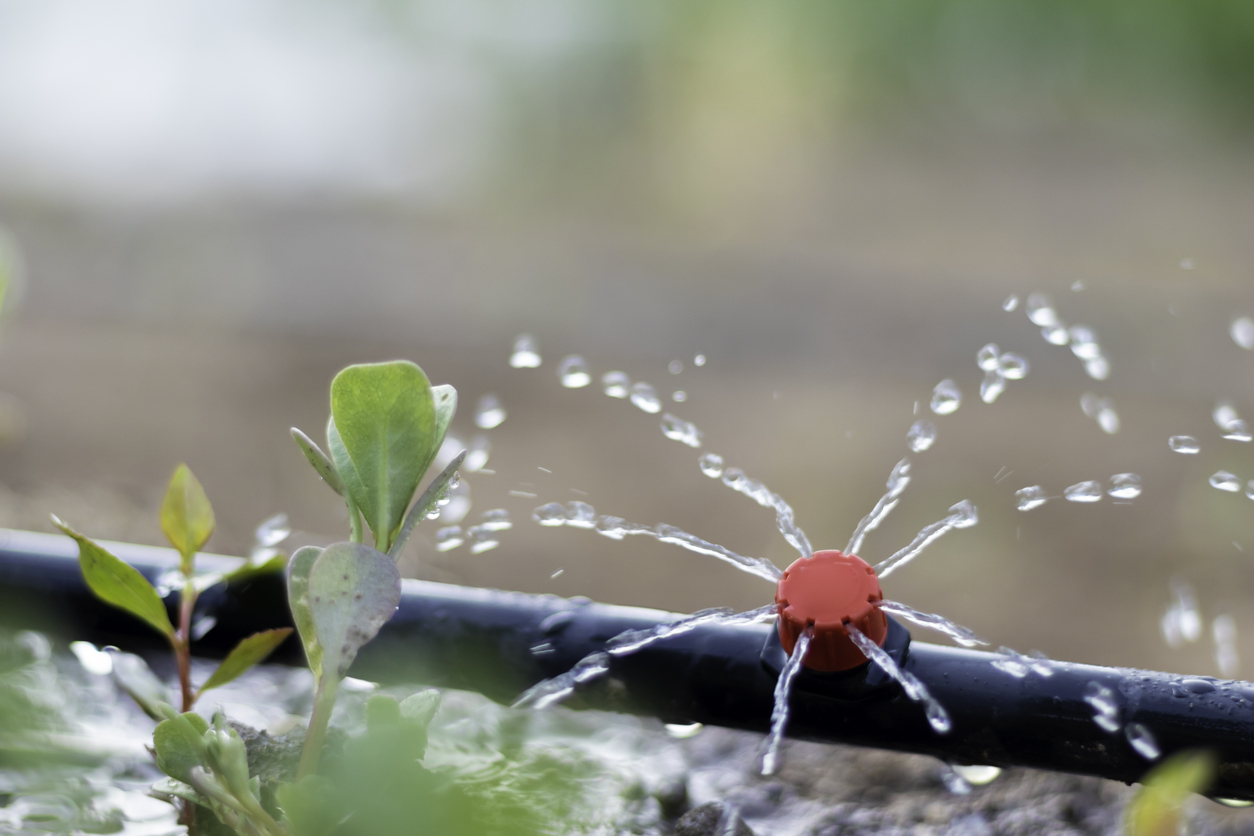Background Agricultural Connections
 |
Water Ops for Growing is a Project-Based Learning (PBL) plan. PBL is a teaching method in which students gain knowledge and skills by working for an extended period of time to investigate and respond to an authentic, engaging, and complex question, problem, or challenge.1 |

Essential Elements of PBL
A quality PBL experience requires seven essential elements.
- Challenging Problem or Question: The project is framed by a meaningful problem to be solved or a question to answer, at the appropriate level of challenge.
- Sustained Inquiry: Students engage in a rigorous, extended process of posing questions, finding resources, and applying information.
- Authenticity: The project involves real-world context, tasks and tools, quality standards, or impact, or the project speaks to personal concerns, interests, and issues in the students' lives.
- Voice and Choice: Students make some decisions about the project, including how they work and what they create.
- Reflection: Students and teachers reflect on the learning, the effectiveness of their inquiry and project activities, the quality of student work, and obstacles that arise and strategies for overcoming them.
- Critique and Revision: Students give, receive, and apply feedback to improve their process and products.
- Public Product: Students make their project work public by explaining, displaying, and/or presenting it to audiences beyond the classroom.2
Microcontrollers
In this project, students will learn about microcontrollers (micro:bit), explore the basics of programming, participate in design challenges, build a moisture sensor and water pump, and make a video about their product.
Microcontrollers (micro:bit) are tuny computers that make coding tangible and promote digital creativity. The user creates a program to tell it what to do using one of the online code editors and then downloads it to a computer as a .hex file—a version of the program that the micro:bit can read.
Micro:bit is the microcontroller used for this plan. There are many other microcontrollers used in classrooms and prototyping such as Arduino and Raspberry Pi. The micro:bit is inexpensive, easy to use, and a great gateway into the world of computer science.
Micro:bit can be programmed in a variety of ways but most easily using micro:bit makecode. It is easy to get started with micro:bit using these tutorials or videos on YouTube such as the Micro:bit Tutorial Series.
The following resources provide information about microcontrollers (micro:bit):

